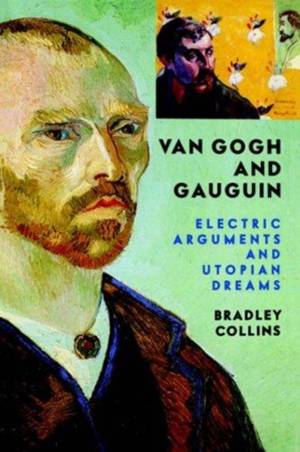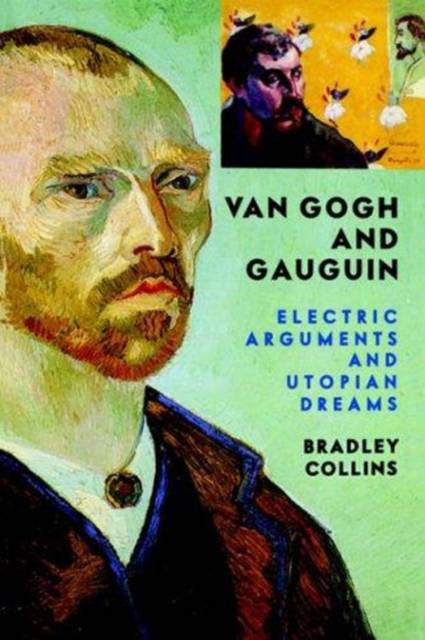
Je cadeautjes zeker op tijd in huis hebben voor de feestdagen? Kom langs in onze winkels en vind het perfecte geschenk!
- Afhalen na 1 uur in een winkel met voorraad
- Gratis thuislevering in België vanaf € 30
- Ruim aanbod met 7 miljoen producten
Je cadeautjes zeker op tijd in huis hebben voor de feestdagen? Kom langs in onze winkels en vind het perfecte geschenk!
- Afhalen na 1 uur in een winkel met voorraad
- Gratis thuislevering in België vanaf € 30
- Ruim aanbod met 7 miljoen producten
Zoeken
€ 106,95
+ 213 punten
Uitvoering
Omschrijving
Although Vincent van Gogh's and Paul Gauguin's artistic collaboration in the South of France lasted no more than two months, their stormy relationship has continued to fascinate art historians, biographers and psychoanalysts as well as film makers and the general public. Two great 19th century figures with powerful and often clashing sensibilities, they shared a house, worked side by side, drank, caroused and argued passionately about art. Their brief venture together, richly documented in the artists' letters and paintings, would be compelling enough even if it had not culminated in the catastrophe of van Gogh's life - his ear cutting. This traumatic climax to van Gogh's and Gauguin's weeks spent in the "Yellow House" in Arles has raised profound questions about the nature of their relationship and about their behavior before and after van Gogh's self-mutilation.Van Gogh and Gauguin explores the artists' intertwined lives from a psychoanalytic perspective in order to draw a nuanced and sophisticated picture of the artists' dealings with each other. The book also examines crucial art historical issues such as the aesthetic convictions that both united and divided the two men, and the extent to which they influenced each other's art.
Specificaties
Betrokkenen
- Auteur(s):
- Uitgeverij:
Inhoud
- Aantal bladzijden:
- 282
- Taal:
- Engels
- Reeks:
Eigenschappen
- Productcode (EAN):
- 9780813341576
- Verschijningsdatum:
- 1/08/2003
- Uitvoering:
- Paperback
- Formaat:
- Trade paperback (VS)
- Afmetingen:
- 152 mm x 229 mm
- Gewicht:
- 417 g

Alleen bij Standaard Boekhandel
+ 213 punten op je klantenkaart van Standaard Boekhandel
Beoordelingen
We publiceren alleen reviews die voldoen aan de voorwaarden voor reviews. Bekijk onze voorwaarden voor reviews.









